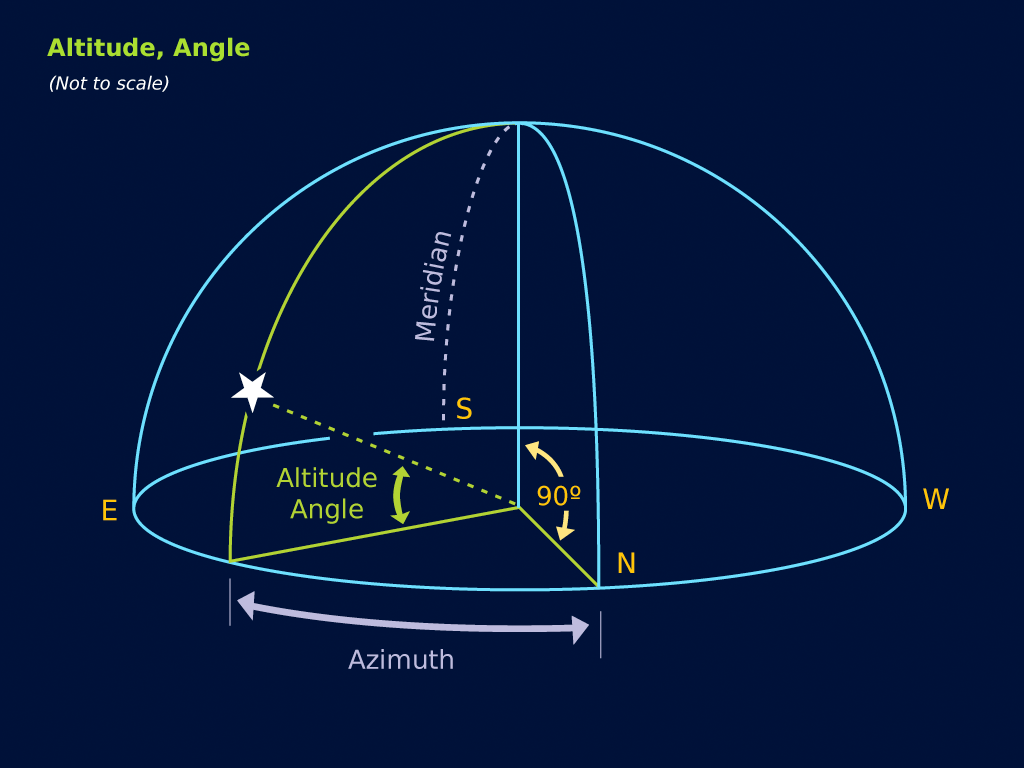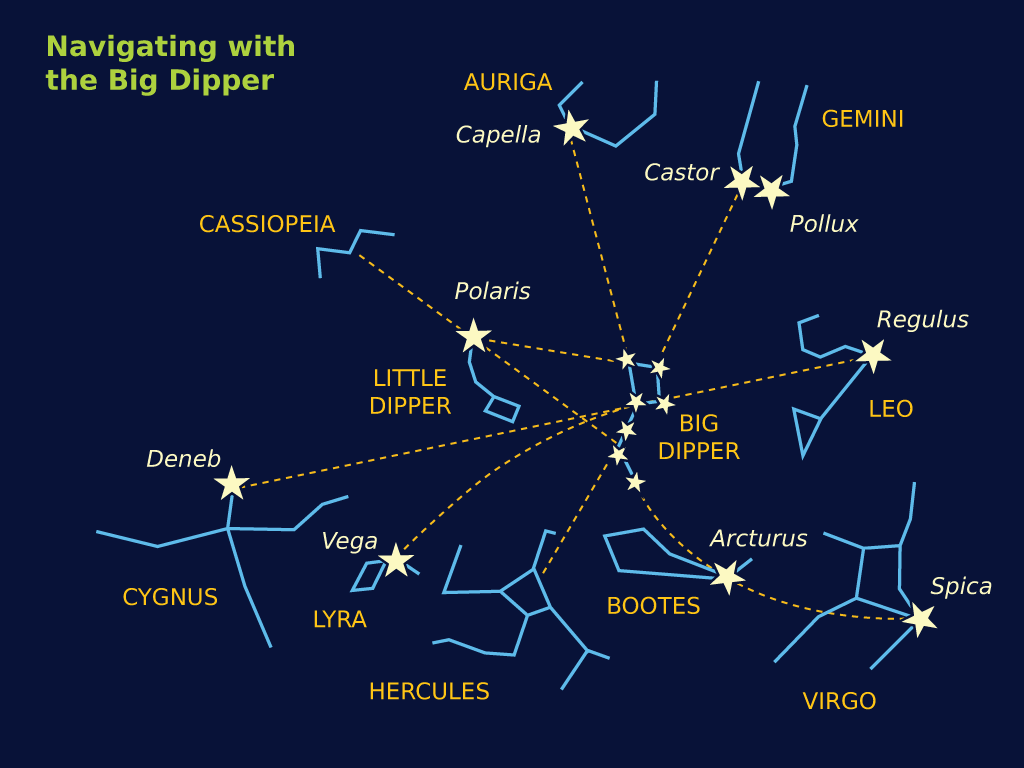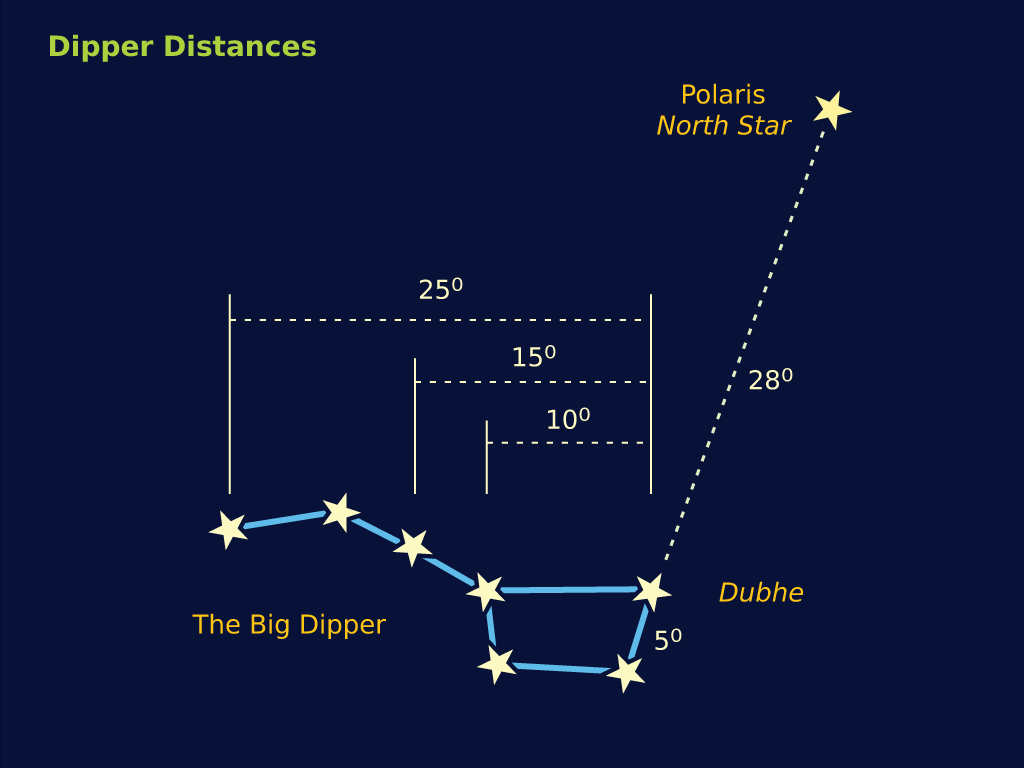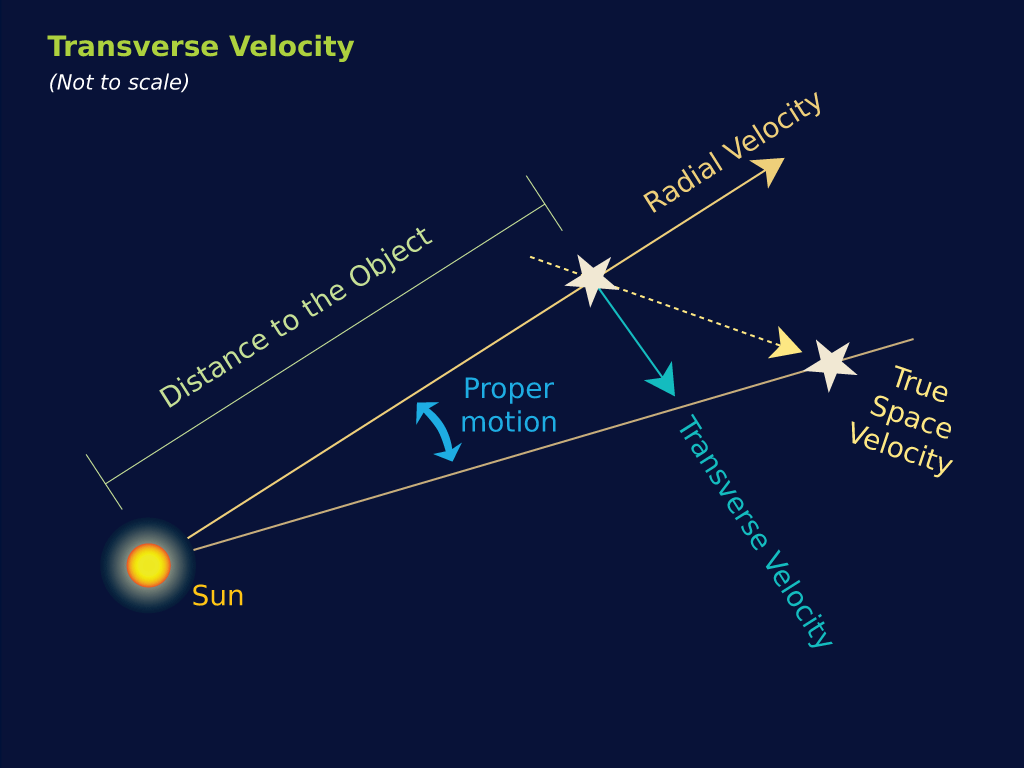On January 20, 2016, Konstantin Batygin and Michael Brown announced they had strong evidence of a large hypothetical planet in the far outer Solar System. If confirmed, this object might well be the 9th Planet (or 10th if you account for Pluto) in our Solar System. Let's take a brief look at the history of planetary discovery.
The First Discovery
The five naked eye planets Mercury, Venus, Mars, Jupiter and Saturn have been known since antiquity but on March 13, 1781 British astronomer William Herschel found an object that moved against the background of the stars. At first, Herschel thought it was a comet and reported it as such. But a computation of its orbit suggested that it was a planet. And indeed, a planet it was. Over fourteen times as massive as the Earth and 4 times Earth’s diameter, it orbited the Sun beyond Saturn at a leisurely pace of 84 years per orbit. Eventually this seventh planet of the solar system was named Uranus.
Figure 1: The orbit of Uranus relative to other planets. Credit: Starry Night Software
As time passed, irregularities between the observed positions of Uranus and those predicted using Newton’s Law of Universal Gravitation became noticeable. One of the reasons for such a discrepancy could be the effect of a large body even further from the sun
Figure 2: Gravitational effect of Planet X on Uranus. Credit: Starry Night Software
When this “Planet X” was in Position 1 as shown in Fig. 2, it would slow Uranus down but in position 2 it would pull Uranus ahead of its predicted position. And sure enough, on September 24, 1846 Johann Galle at Berlin Observatory found the new planetwithin a degree of its position computed by the French mathematician Urban Le Verrier.
There were now 8 planets in the Solar System. The new planet, named Neptune, more massive than Uranus and almost as large, takes almost twice as long to orbit the Sun — 164 years.
Figure 3 shows a portrait of Neptune taken by the Voyager 2 spacecraft in 1989 which was then 4.4 million miles from the planet. The Earth is shown for a size comparison.
Yet Another Planet! — The Discovery of Pluto
But all was not well. Further observations of Uranus and now Neptune suggested irregularities that could be explained by another large planet existing beyond Neptune. The hunt for Planet X was on again!
A young Clyde Tombaugh was hired in 1929 by Lowell Observatory to photograph sections of the sky, imaging the same region a few days apart. Any planetary body present in the same region would shift its position against the fixed background of the stars. On February 18, 1930, Tombaugh found his planet on plates taken on January 23 and 29.
Figures 4 and 5 show actual star fields on two dates in January. Images have been enhanced to clearly show the interloper and its movement in 24 hours. Tombaugh’s job was much more difficult. On his photographic plates there were many more stars and the moving image was a tiny dot.
Figure 4. Jan. 23, 1930 Figure 5. Jam. 24, 1930
The discovery was announced on March 13, 1930 and the new planet was named Pluto on May 25. The solar system now had nine planets.
Unfortunately data soon came in that the mass of Pluto was much too small to have caused the effects on Uranus and Neptune that initiated the original search. So Pluto was not Planet X after all but renewed searches for the elusive Planet X were unsuccessful. Then in 1992, using data obtained from Voyager 2, recalculations showed that there was no unexplained behaviour regarding Uranus and Neptune and hence no need for Planet X. The discovery of Pluto had turned out to be a lucky coincidence.
Kuiper Belt Objects
In 1943 Kenneth Edgeworth postulated the existence of a disk of small objects left over from the formation of the solar system and located beyond the orbit of Neptune. Several years later, Gerard Kuiper proposed a similar structure. This region, now known as the Kuiper Belt, was thought to extend from the orbit of Neptune to about 55 AU from the Sun.
Other astronomers agreed and in 1987 a serious search was begun by astronomers Jewitt and Luu using the University of Hawaii’s 2.2 m telescope. Five years later, in 1992, a faint object was found at a distance of 44 AU, well within the parameters of the Kuiper Belt. Catalogued as object 1992 QB1 (or QB1 for short), it was a true Kuiper Belt Object or KBO.
Figure 6: The orbit of QB1 relative to other solar system objects
Since 1992, over a thousand KBOs have been discovered including 2005 FY9 a hefty 1500 km object. And, of course, with an orbit stretching from about 30 to 49 AU from the Sun, Pluto is a bona fide Kuiper Belt Object. Could it be that a Planet X is somewhere out there lurking in the Kuiper Belt?
Eris and the Definition of a Planet
In 2005 a team led by Mike Brown at Palomar Observatory discovered a massive object named 2003 UB313, at a distance of over 90 AU well outside the bounds of the traditional Kuiper Belt. In this respect it joins another of Mike Brown’s discoveries - 2003 VB12 - now known as Sedna at about the same distance.
Astronomers speculate that gravitational interactions with the giant gas planets, especially Neptune, caused some objects like UB313 to be thrown into more distant orbits with higher inclinations. These objects are generally known as scattered disk objects and along with KBOs can all be lumped together as Trans-Neptunian Objects or TNOs.
But back to UB313. It is just a shade smaller than Pluto but 27% more massive. Was this Planet X? No, we have already shown that there was no need for such a planet but was it indeed a planet? Was Eris, as 2003 UB313 was eventually named, the tenth planet of the solar system?
What about some of the other TNOs? Just what is a planet?
Figure 7: Largest TNOs compared to Earth and the Moon
In 2006, the International Astronomical Union (IAU) decided to define a planet as an object that -
a) is in orbit around the Sun
b) is massive enough to be round
c) has cleared the region around its orbit
Pluto and Eris clearly satisfied the first two criteria but not the third. The new category of dwarf planet was created for these bodies. So neither Pluto nor Eris were planets and our solar system was back to eight planets and (as of early 2016) five dwarf planets.
Figure 8: Why Pluto is not a Planet according to the IAU
Does this mean the hunt for Planet X is over? No way!
A Ninth Planet after all?
When Sedna was discovered in 2003 its highly elliptical orbit suggested a maximum distance of almost 1000 AU from the Sun. Some astronomers suggested that this was the result of an interaction with a nearby star, perhaps even a sibling of the Sun shortly after its birth. But others thought that an equally likely explanation could be a massive trans-neptunian planet.
Figure 9: Orbit of Eris, Sedna and VP113
2012 brought the discovery of yet another of these strange objects , 2012 VP113. Its closest approach to the Sun is similar to Sedna’s and at 80 AU well beyond the Kuiper belt.
Is the case for a Planet X getting stronger?
Then on January 20, 2016, Batygin and Brown announced they had strong evidence of a large planet orbiting the Sun at a vast distance. Their analysis included a total of six TNOs like Sedna and 2012 VP113. All have orbits that lie approximately in the same plane and point in roughly the same direction. This arrangement has a 0.007% probability of occurring by chance but could be due to a large planet approximately 10 times as massive as the Earth orbiting the Sun every 15,000 years or so.
No one has seen this planet yet but when spotted, it would once again give our solar system nine planets. Hence Batygin and Brown have named this hypothetical body Planet Nine.
Figure 10: The Case for Planet Nine
References Files
Ready access to interactive files that illustrate this story are available if you own Starry Night. Right/Ctrl-Click on each link and select "Save/Download Link As..." Each downloaded file can be viewed by clicking File/Open in the upper menu bar in Starry Night, and then following the path to its location.































